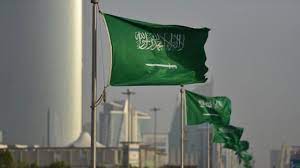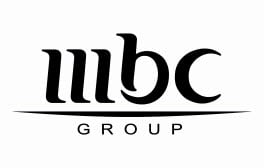Publisher: Maaal International Media Company
License: 465734
Al-Rajhi Capital: Saudi economy indicators are “good”, liquidity reaches SR2.4 trln
اقرأ المزيد
Al-Rajhi Capital confirmed that the indicators of the economy of the Kingdom of Saudi Arabia are good, noting that the Kingdom’s GDP increased by 9.9% in the first quarter of 2022 compared to the first quarter of 2021. This positive growth was largely due to the rise in oil prices (+20.3% on an annual basis). ).
It added that the growth rate of Saudi non-oil exports for the month of April increased by 36.6% on an annual basis, compared to an increase of 28.6%, on an annual basis in March, adding that the chemical products, plastics and rubber sectors increased by +67.5% on an annual basis and by +15.9% On an annual basis, respectively, the Kingdom’s merchandise imports rose by 11.2% on an annual basis in April, compared to an increase of 11% on an annual basis in March. China remained at the forefront of the Kingdom’s exporting countries and continued to be at the top of the list of countries importing the Kingdom’s products in April.
According to Al-Rajhi Capital, non-oil activities increased by 3.7% on an annual basis, while government activities increased by 2.4% on an annual basis, adding that Moody’s confirmed its credit rating for the Kingdom of Saudi Arabia at ‘A1’ with a stable outlook. In its report, the agency stated, “The confirmation of this classification is a result of the government’s continued development of fiscal policy and the ability to respond and adapt to fluctuating oil prices, which reflects a commitment to fiscal consolidation and long-term fiscal sustainability. Moreover, the monthly statistics issued by the Saudi Central Bank indicated that the macroeconomic conditions appear to be good in the Kingdom.
The company noted, the broad money supply (M3), which measures the level of liquidity, continued to grow in May +7.8% on an annual basis, reaching 2385 billion riyals, while the money supply (M1) and (M2) increased by 2.2% on an annual basis and by 5.6%, year on year, respectively. However, on a monthly basis, the money supply (M3) decreased by 0.5%, in May (+1%) on a monthly basis in April. According to the weekly money supply data issued by the Saudi Central Bank, the money supply (m3) may be lower in June than it was in May.
It should be noted that the Saudi Central Bank’s foreign reserves recorded an increase, on an annual basis, by 3.3% in May, compared to a 2.5% increase on an annual basis in April, while these reserves remained, on a monthly basis, unchanged in May (+0.1% on a monthly basis). Monthly basis in April, at the same time, and as in May, government reserves with the Saudi Central Bank amounted to 427.6 billion riyals (includes the government’s current account).








